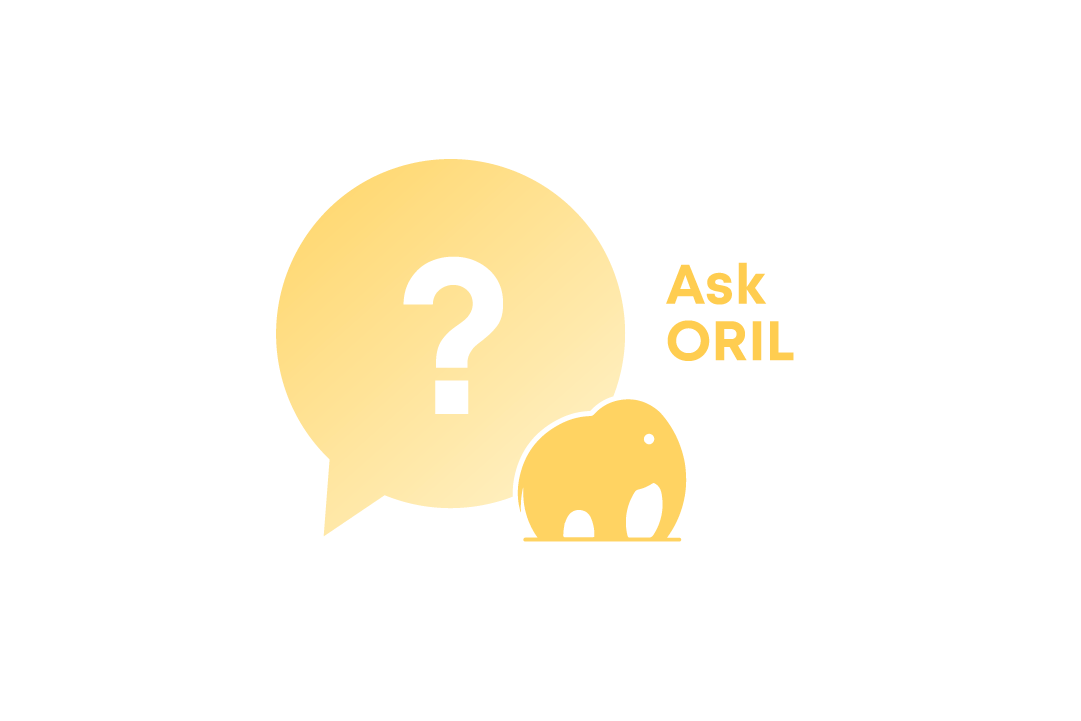Welcome to “Ask ORIL” – our Q&A series dedicated to answering your software development inquiries. Whether seeking advice or curious about our processes, we are here to assist. Feel free to pose your questions and let our experts provide guidance.
In this segment, we focus on the process of choosing a software development partner. This involves more than assessing technical skills; it’s about finding a team that shares your communication style, understands your project’s needs, and aligns with your business goals.
At ORIL, we understand the demands of this task. We are devoted to guiding you through key considerations, ensuring you find a partner that meets your immediate needs and supports your future goals.
How do I identify the best software development partner for my project?
1. Research
Before you get started, take the time to research your potential partner. Look through their portfolio to understand their expertise and quality of work. Ensure they have a comprehensive team of specialists, including business analysts, UI/UX designers, database experts, and architects, to cover all aspects of the software development cycle. This ensures a balanced approach to your project’s needs.
2. Assess Compatibility
Talk to your potential partners to see if they are a perfect match. It’s good for them to have some experience in your industry, or similar. Promising partners will quickly understand your business, audience, industry, and unique challenges. Moreover, they must find it easy to align their strategy with your business goals to ensure a solution that is technically sound and strategically beneficial.
3. Methodology
Assess their development methodology and engagement models. Ask if they’re good with Agile methods. Agile development is crucial for its iterative approach, enabling quick production of a Minimum Viable Product (MVP) with minimal risk and investment. It allows for early market entry and continuous improvement based on user feedback.
A commitment to Agile principles, including adaptability and customer focus, is key for maintaining a productive, responsive partnership.
4. Technology Stack
Make sure the team has a wide range of tech skills to match different project needs. They should be able to use solutions and tools like cloud technologies and QA automation tools. It will help your project to stay flexible and scalable. Also, the team should keep up with the latest trends, continually learning and getting the right certifications. This way, they can build software products that perform well and are future-proof.
5. Market Reputation and Presence
Evaluate their market reputation through recommendations, references, and their online presence. Begin by consulting review platforms like Clutch, GoodFirms, and LinkedIn to review the real number of employees, activities and references. Additionally, consider Google reviews to get real customer feedback and insights into the company’s quality and processes.
6. Communication
Learn about your potential partner’s communication skills during introductory calls. These calls provide a firsthand sense of the team’s language skills, and how well they communicate. To have an idea of their communication efficiency, note how quickly and clearly they respond to questions. Also, observe whether the information they provide is comprehensive enough. This is important for any project’s success.
7. Pricing And Engagement Models
Choose a partner offering an engagement model that fits your budget. Software outsourcing companies typically offer two pricing models: Fixed Price and Time and Material (T&M).
Fixed Price Model – Suitable for projects with well-defined goals and requirements, this model sets a predetermined cost, timeline, and delivery date. It offers less flexibility and can pose challenges in risk management, yet it provides clear budget expectations tied to specific deliverables.
Time and Material (T&M) Model – This model charges based on the actual hours worked by developers and the cost of materials and third-party plugins used. It’s preferred for its flexibility and adaptability, especially when using Agile or Scrum methodologies, allowing for continuous delivery and quicker market entry. This model is ideal for projects where requirements might evolve over time.
Quick Recap
Now that you know the key considerations, here’s a recap, in the form of a checklist to guide you through evaluating potential partners effectively.
- Ensure compatibility with your project’s technical requirements.
- Confirm experience in your specific industry.
- Choose a company that fits your financial constraints.
- Review their past projects for capability insights.
- Check if their project management style suits your needs.
- Evaluate the size and capability of their engineering team for scalability.
Conclusion
Choosing the right software development partner means looking at their skills, technology, how they communicate, and their costs. Ensure your partner has these qualities for a successful project that meets your vision and goals.




